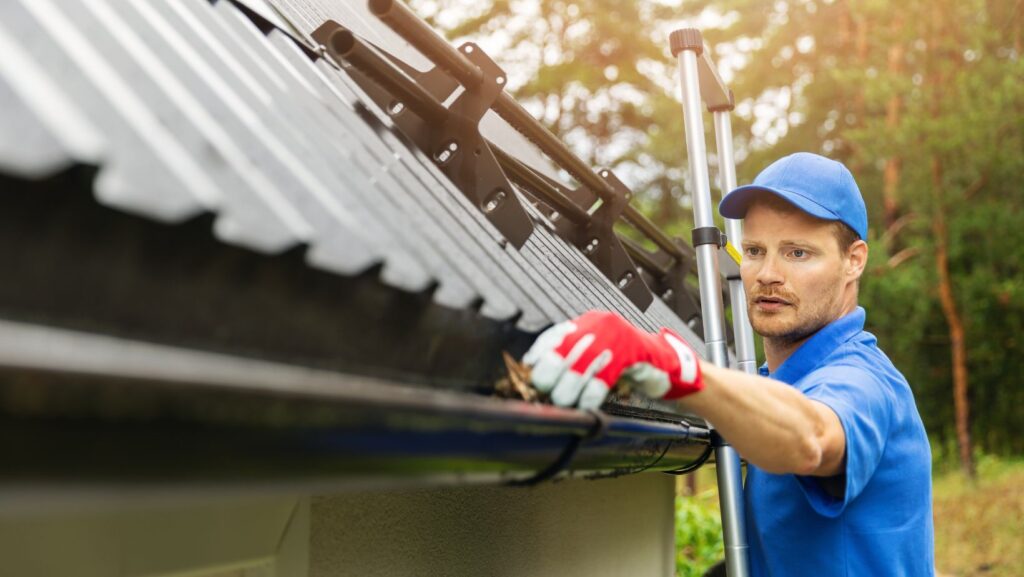You walk past your furnace or air conditioner and notice a suspicious puddle on the floor. There’s no rain, no leaks from above, and yet, there it is — a growing pool of water. It might seem like a minor issue at first, but water build-up around HVAC units is more than just a nuisance. It can lead to mould, damage your flooring, and indicate a deeper system malfunction that’s quietly worsening in the background.
In many cases, this build-up has one clear cause: poor drainage. And while several things could be responsible, one smart and often-overlooked solution is condensate pumps, which actively remove moisture when gravity drainage isn’t sufficient.
Let’s break down why this happens, how to fix it, and what you can do to stop it from coming back.
Why Your HVAC System Creates Water
Air conditioners and high-efficiency furnaces do more than just heat or cool your space — they also remove humidity from the air. This moisture collects as condensation and needs to be drained away properly. In ideal conditions, the system’s drain line quietly sends water to a floor drain or outside. But if anything blocks or slows this process, water starts to pool around the base.
It’s a hidden feature of your HVAC system that most people don’t think about until there’s a puddle soaking their basement carpet.
Common Culprits Behind Water Accumulation
1. A Clogged or Blocked Drain Line
Over time, algae, dirt, or even small debris can build up in the condensate drain line. When it’s clogged, condensation backs up into the unit and eventually spills out. This is the number one reason for water near your furnace or A/C — and the easiest to fix if caught early.
2. A Cracked or Rusted Drain Pan
Drain pans can wear out, especially in older systems. Even a small crack will allow water to leak every time the system cycles. Rust is common in metal pans and can lead to slow, undetected leaks that build up over time.
3. Poor Slope or Location
Gravity plays a key role in moving water out of the system. If your unit isn’t level, or if the drain line is installed uphill or too far from the main line, water can’t exit properly. This is where additional equipment may be needed to assist with drainage.

When a Pump Becomes Essential
Not every HVAC setup is built with ideal drainage in mind. In homes with basement units or unique floor plans, gravity just isn’t enough. This is when a condensate pump steps in. Instead of relying on downward flow, the pump detects water build-up and actively pushes it through tubing to an appropriate drainage point.
These compact devices are reliable, quiet, and designed specifically for situations where standard drain lines fall short. If your unit has recurring water issues — especially in a basement — it’s worth checking whether one is already installed, working properly, or needs an upgrade.
Quick Fixes You Can Try
While not every water issue can be solved without a technician, there are a few things you can check yourself:
- Clean or replace your air filter: Restricted airflow can cause coil freezing and lead to excess water when it melts.
- Inspect the drain line: If you’re comfortable doing so, locate the drain pipe and gently flush it with warm water or vinegar to clear blockages.
- Check the drain pan: Use a flashlight to look for cracks or rust spots. If it’s damaged, it’ll need replacement.
- Verify that your unit is level: A tilted A/C or furnace can disrupt proper water flow.
Just remember — if the leak returns repeatedly or worsens, it’s time to call a professional.
Signs It’s Time to Call in the Pros
Some symptoms may seem small at first but signal larger issues:
- Recurring puddles even after cleaning
- Musty smells around your HVAC unit
- Visible rust or corrosion on system parts
- Sudden loss in system efficiency
HVAC professionals can use tools like mini cameras or pressure tests to inspect internal components and pinpoint the exact cause of water build-up. They’ll also be able to tell you whether your home would benefit from a pump or upgraded drainage system.
Long-Term Prevention Tips
Nobody wants to babysit their furnace or air conditioner every week. Fortunately, consistent maintenance can go a long way:
- Schedule seasonal maintenance — have a technician check your entire system before summer and winter begin.
- Flush your drain line every few months to prevent algae growth.
- Replace filters regularly to reduce coil freezing.
- Keep the area clean and dry to reduce the risk of water damage or mould buildup.
Taking these steps now helps protect your HVAC system from unnecessary wear — and keeps your home dry, clean, and safe.
Don’t Ignore the Drips
Water where it shouldn’t be is always a sign to take action. The good news? Most cases of furnace or air conditioner water build-up are both diagnosable and fixable. Whether it’s as simple as clearing a blocked drain or as essential as installing a pump, the solution is well within reach.
That quiet puddle isn’t just annoying — it’s your system asking for attention. Listen to it early, and you’ll avoid bigger (and wetter) problems down the line.
